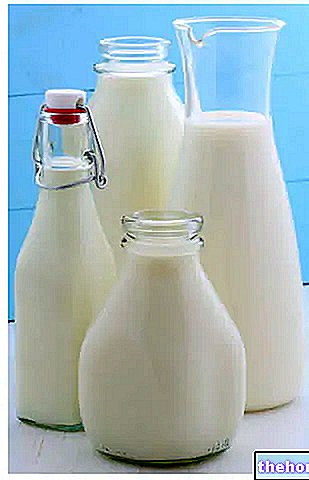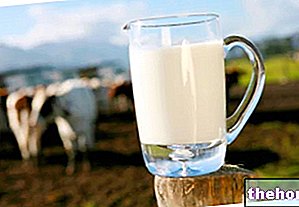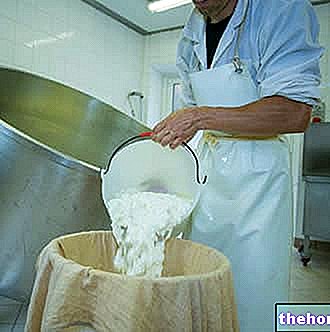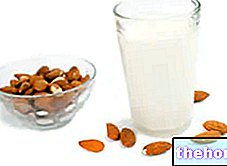Low-fat, fat and semi-fat cheeses
Cheeses are among the favorite foods of Italians who, among pizzas, toast and various snacks, consume on average almost twenty kilos a year. The love for this food is such as to place Italy in fourth place in the world for per capita consumption. , preceded only by Greece (27.5 kg), France (25.8 kg) and Germany (21.8 kg).

In reality, all cheeses contain a certain amount of fat because aging, by depleting them of water, concentrates the nutrients, including cholesterol. For this reason, fresh cheeses are poorer in nutrients than mature ones.
Cheeses with a lipid content greater than 40% are called fats, semi-fats those with a lipid percentage between 20 and 40% and low-fat those in which fats represent less than 20% of total calories.
The only "light" cheeses are cottage cheese and ricotta, which however are not real cheeses, as they are produced from buttermilk or whey.
Cheese is also a sodium-rich food that is used in the production process to control bacterial growth during maturation. An excess of this mineral in predisposed individuals can aggravate hypertension or contribute to its onset.
The cheeses, the slices and the melted cheeses in general, beyond the high practicality, are sometimes enriched with polyphosphates which subtract calcium from the organism.
Despite the richness in fat, sodium and calories, cheese is a precious food as it is rich in important nutrients such as calcium, phosphorus, vitamin A and B12.
As always, the trick is to have a balanced relationship with food:
cheeses are acceptable foods from a health point of view, just do not overdo their consumption.
For example, it is a good rule not to exceed 50 grams of aged cheese per serving or to combine it with other foods using it more as a garnish than as a main dish.
Calories of Cheeses
CHEESE (50 g)
CALORIES
FATS (g)
CHOLESTEROL (mg)
CALCIUM (mg)
SODIUM (mg)
Other articles on "Cheese Calories"
- low-fat cheeses
- cheese
- cheese coagulation
- cheese processing
- nutritional value cheese
- cheeses rich in calcium




























